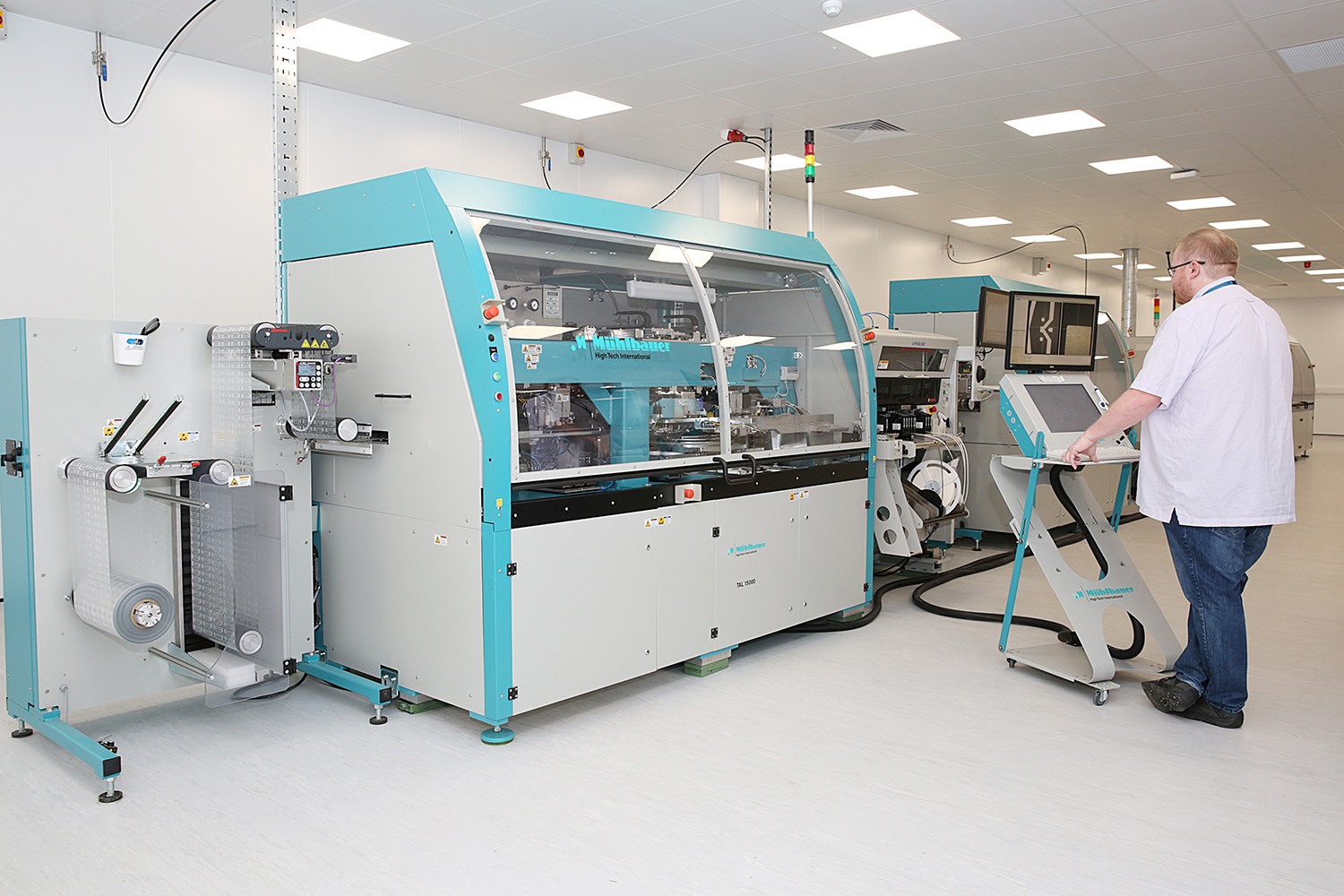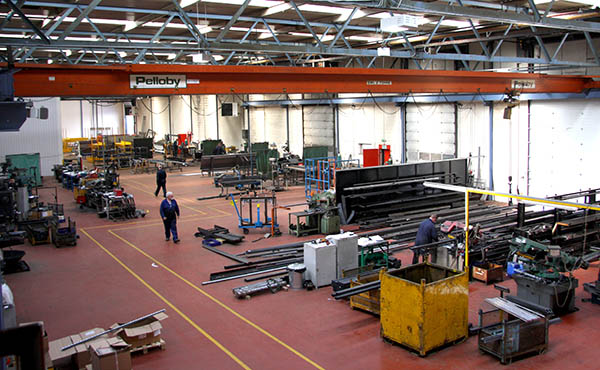CPI has welcomed new resident clients to its state-of-the-art facility – just months after opening.
The printable electronics centre, based at Newton Aycliffe has welcomed Silent Sensors, Datatecnics Corporation and HP1 as tenants, along with Wootzano and PST Sensors at its original site on NETPark, in Sedgefield.
Moving into incubator space, the companies will benefit from CPI’s technical expertise and cutting-edge equipment as they seek to take innovative products to commercialisation.
CPI’s facility supports the advancement of smart label and tag technology, which allows everyday physical objects to wirelessly communicate and exchange data across the Internet of Things.
It has the capacity to create rolls of thin, flexible inlays containing multiple electronic components that can be converted into labels or embedded into smart products or wearable goods.
This technology is already prevalent in devices enabling remote monitoring of heating and domestic appliances from smartphones, while it also holds great potential in the healthcare sector, where patients can be prompted to take medication via a smartphone reminder.
CPI’s facility holds the key to companies being able to both develop prototypes and then rapidly scale up to levels to test manufacturing quantities.
Silent Sensors has moved into the facility to build upon existing work with CPI at the latter’s NETPark-based printable electronics hub.
The initial collaboration, funded by Innovate UK, was focused upon improving existing antennae designs and incorporating printed sensors into the tyre-making process and supply chain.
A second Government-backed Innovate UK funded project looked at incorporating energy harvesting technology into the sensor tags as well. The current collaboration with CPI, at Newton Aycliffe, is funded through the EU’s current innovation framework Horizon 2020, with the ‘OnTrack’ project for Intelligent Tyre Life-Cycle Management.
By developing such an intelligent tyre life-cycle management system, users will benefit from accurate, real-time data on tyre condition and performance – enabled by the Internet of Things – to increase safety and efficiency.











